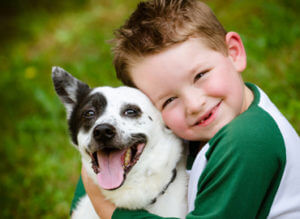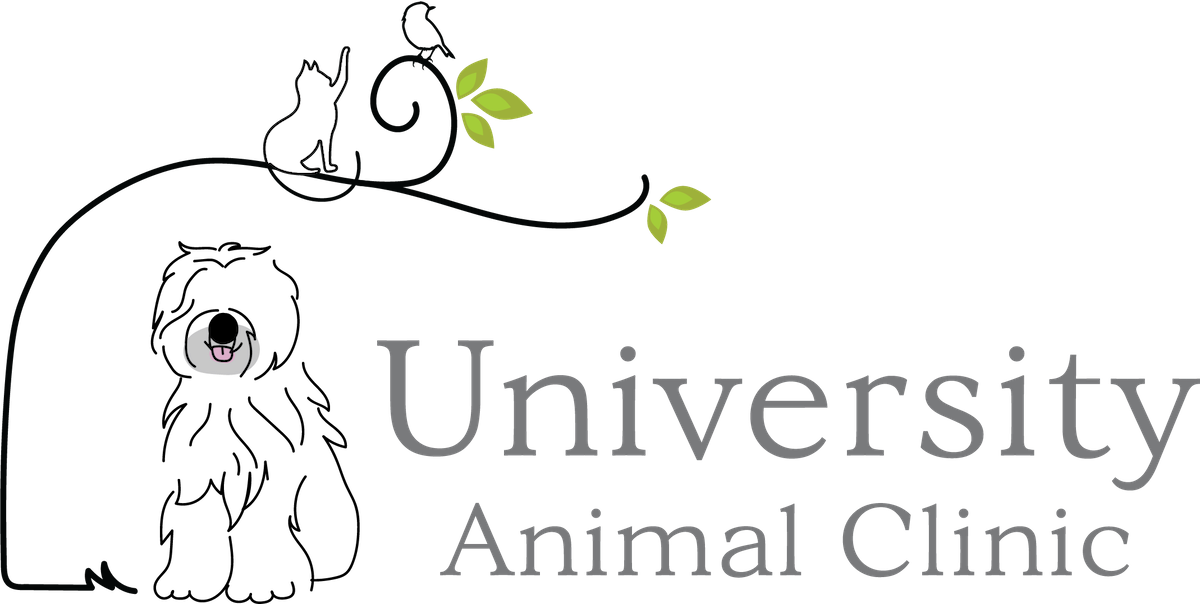
Within our homes are dozens of substances and food products that, while safe for human use and consumption, are toxic or deadly for our pet companions.
While many of these dangers are obvious and avoidable, there are some items we might not consider a danger — until a beloved pet is suffering and needs emergency care.
The ASPCA reports over 150,000 calls per year to their poison control hotline.
Avocado
Infographics and articles abound warning pet owners of the dangers of avocados, but they fail to discuss how and why avocados pose a threat. For cats and dogs the avocado fruit itself is not harmful; the real danger is the possible ingestion of the large pit, a possible choking or intestinal obstruction hazard. For smaller animals such as birds, rabbits, guinea pigs, and certain farmyard animals such as cows, goats, and horses, the real danger is a compound called persin. Persin is extremely toxic to these animals causing respiratory distress, fluid around the lungs and heart, liver and kidney failure, and sudden death. Pet birds will also show an inability to perch if suffering from persin toxicity.
Bread Dough
When ingested, the unbaked dough will expand, ferment, and release large amounts of carbon dioxide and alcohol into the bloodstream. This process will rapidly cause a bloated stomach, followed by twisted stomach (known as gastric-dilatation volvulus or GDV), and alcohol poisoning. If your pet is showing signs of bloat or GDV including a distended stomach, racing heart, vomiting or non-productive retching, immediate intervention is needed. As the fermentation produces alcohol, it is quickly absorbed into the bloodstream causing intoxication, dangerous drops in blood pressure and body temperature, seizures, and respiratory failure.
Chocolate
Many pet owners are aware of the hazard posed by chocolate but are unaware of the quantities or types of chocolate that are the greatest threat. Theobromine is a methylxanthine compound very similar to caffeine that is present in chocolate. Darker chocolate has a higher concentration of theobromine with baker’s chocolate and baking cocoa posing the biggest threats. Pet poison control hotlines report that 95% of emergency calls and veterinary visits due to chocolate consumption are for dogs; smaller dogs often have to be treated for obstructions due to consuming the wrapper on a chocolate as well. Signs of methylxanthine poisoning include diarrhea, vomiting, hyperactivity, seizures, and abnormal heart rhythm. Untreated, progressively severe symptoms can lead to death.
Detergents
Corrosive burns due to detergent exposure are particularly common in cats. A cat might walk across spilled detergent, liquid or powder, that was not cleaned up immediately and then ingest it later while grooming. Drooling, visible burns on the paws or mouth, vomiting, lethargy, and respiratory distress may all be present. Immediate veterinary attention is required as internal damage may be severe.
Diisocyanate Glues
Commonly sold under the brand name Gorilla Glue, diisocyanate glues as well as other wood and construction glues, pose a large poisoning risk if ingested. The interaction between these glues and stomach acids causes a chemical reaction turning the glue into a rapidly expanding foam. The foam solidifies in the stomach and intestinal tract requiring surgery to remove the foreign body. Gastrointestinal distress symptoms caused by glue ingestion include vomiting, retching, drooling, distended stomach, and loss of appetite. This is an emergency situation and requires immediate intervention.
Grapes
There is no known cause of the toxic reaction from ingesting grapes, raisins or currants; however, it is known that dogs –and possibly cats and ferrets as well — can suffer severe, acute kidney failure after eating any type of grape or raisin containing product. Unlike other foods, the toxicity of grapes does not appear to be dose-dependent; even very small amounts can be injurious to some animals while others are not affected until a large dose is consumed. Veterinary care will include decontamination via induced vomiting or activated charcoal, kidney function monitoring, and often aggressive supporting care tactics.
Liquid Potpourri
While using a small burner or simmer pot to heat liquid potpourri or wax melts may seem like an easy and safe way to scent your home, it has been found to be a danger to pets, particularly cats. The scent is often enticing enough for a curious cat to take a couple licks, and that is all it takes to cause severe chemical burns in the mouth, esophagus, and stomach. A high enough dosage will also lead to difficulty breathing, vomiting, tremors, weakness, and possible organ damage.
Nicotine
Many non-smokers brush this danger off as it isn’t a substance in their home, but if your pet is allowed outside at any time, it may encounter and consume dropped cigarette butts. Consumption of nicotine gums pose a double danger to dogs as many brands are sweetened with xylitol which is also toxic. Nicotine raises both heart rate and blood pressure, and in sufficient quantities can cause neurological damage. Many animals will attempt to self-decontaminate (often by ingesting grasses or other stomach irritants) or may spontaneously vomit, but it is safest to have a veterinary evaluation in case further decontamination, IV fluids, or other medication is necessary to stabilize your pet.
Tea Tree Oil
Often touted as a natural wonder-drug for humans for its antibacterial, anti-fungal, possibly anti-inflammatory and anti-parasitic properties, tea tree oil should never be used on pets. Also known as melaleuca oil, it is sold in several concentrations with 100% oil resulting in severe poisoning with as little as 7 drops and fatalities with as little as 10ml. Both cats and dogs show similar symptoms when exposed such as weakness, tremors, loss of balance or the inability to walk, coma, and death.
No matter how carefully you guard against accidental poisoning, you need to be prepared in the event it occurs. Proper preparation for an emergency situation will increase the chances of your pet’s survival and return to good health. Build a pet first aid kit, have a list of important phone numbers including animal poison control and your veterinary clinic and keep a pet transport handy (if applicable) to be able to respond swiftly in any emergency.
